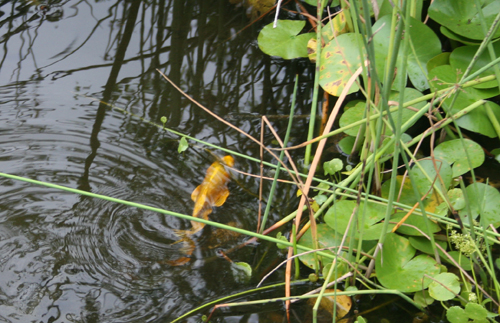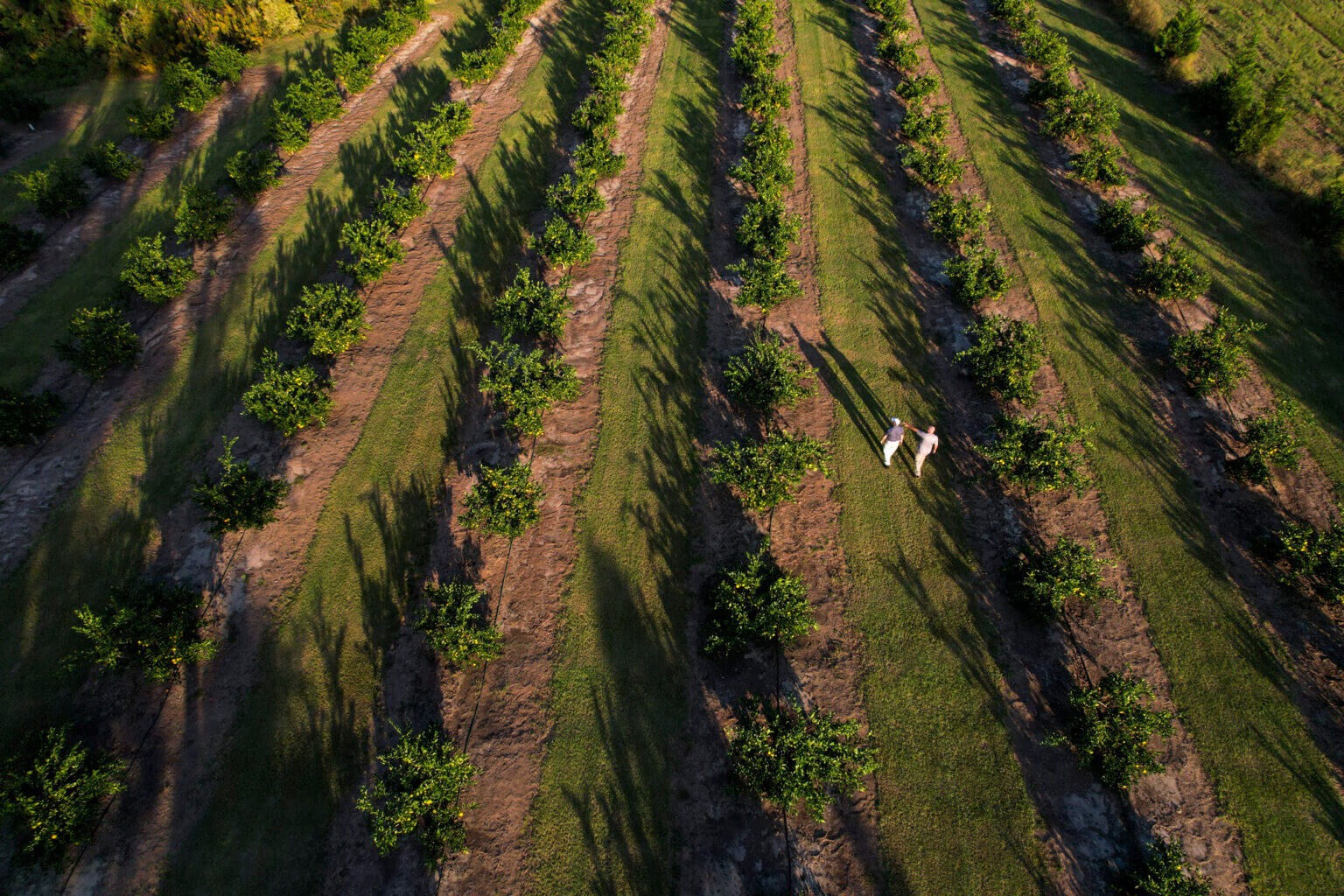A water garden filled with plants, brightly colored koi and goldfish doesn’t have to break the bank. A University of Georgia expert offers tips on creating a water garden on a budget, but says you’re still going to have to pay sweat equity.
Horticulturist Tony Johnson is responsible for three water gardens at the UGA Research and Education Garden in Griffin, Ga. An award-winning landscape designer, he has installed water gardens for more than 25 years.
Money-savings tips
For those who’d like to install a water garden but can only do so on a tight budget, Johnson offers a few tips:
• Instead of buying pots designed for water gardens, improvise. Create water garden pots by drilling holes in the bottom of a new oil pan or plastic trash can lid.
• To make inexpensive floating pots, place the pots in circles made from the foam noodles commonly used in swimming pools. Close the ends with a small piece of plastic tubing the size of the hole in the end of the noodle, he said.
“I know these are strong because they hold me up in the swimming pool when I play with my grandkids,” Johnson said. “An oil pan costs about $3 and the noodle is around $2, so for $5 you can create a unique floating plant island.”
• Don’t buy expensive water garden potting mixes. Plant water garden plants in regular potting mix combined with unscented cat litter.
• Instead of buying plants, find a friend who has a water garden and ask her to share a few plants.
Get plants from other water gardeners
“Most water gardens contain more plants than they need,” he said. “And your friends most likely need to thin out their garden so you’d probably be helping them out.”
When selecting plants, Johnson recommends hardy lilies, ornamental sweet potatoes, creeping jenny and impatiens.
Johnson may offer money-saving tips when it comes to pots, soil and plants, but he stands firm when it comes to buying a water garden liner. He only recommends Permalon or EPDM rubber liners.
Don't cut corners on pond's liner
“Don’t try to save money by buying roofing material or a swimming pool liner,” he said. “They contain chemicals that can kill your fish. And, a blue pool liner will reflect sunlight, and light equals more algae.”
Water gardens should be at least 24 inches deep and the bottom should be lined with 2 inches of sand to protect the liner or underlayment. Lay the liner in place and anchor it with rocks. Next, add the pump and filter system, what Johnson calls the final and most important aspects.
"When it comes to pumps, always buy a bigger pump than you think you need,” he said.
Adding a few fish will keep the mosquito larvae population down and provide visual entertainment. You can often get these from friends, too.
Tending the garden is a must
Once your garden is installed, then you really begin paying – in sweat equity, Johnson said.
“To properly maintain a water garden, you should be doing something in there every week,” he said. “It may be grooming or pruning plants or it could be cleaning the filter.”
When cleaning the pond filter, use water from the pond to help maintain the active beneficial bacteria growing there.
Johnson suggests investing in a pair of wading boots or surf shoes to wear when working inside your water garden.
Don't toss excess plants in ponds, rivers
When pruning water garden plants, he recommends sharing excess plants with other water gardeners. Do not dump them in the neighborhood pond thinking you are helping the environment.
“Most water garden plants are very invasive and you’ll be hurting far more than helping,” he said.
Remove entire stems of spent water lilies and dispose of faded leaves, which are signs of disease. Dead plant material will sink to the bottom of the pond, feed the algae and turn your pond water pea green, he said.
If you don’t prune throughout the year, Johnson says you must at least do a once-a-year pruning or your garden will quickly grow out of control.
For more information on the UGA Research and Education Garden, visit www.ugagarden.com.








